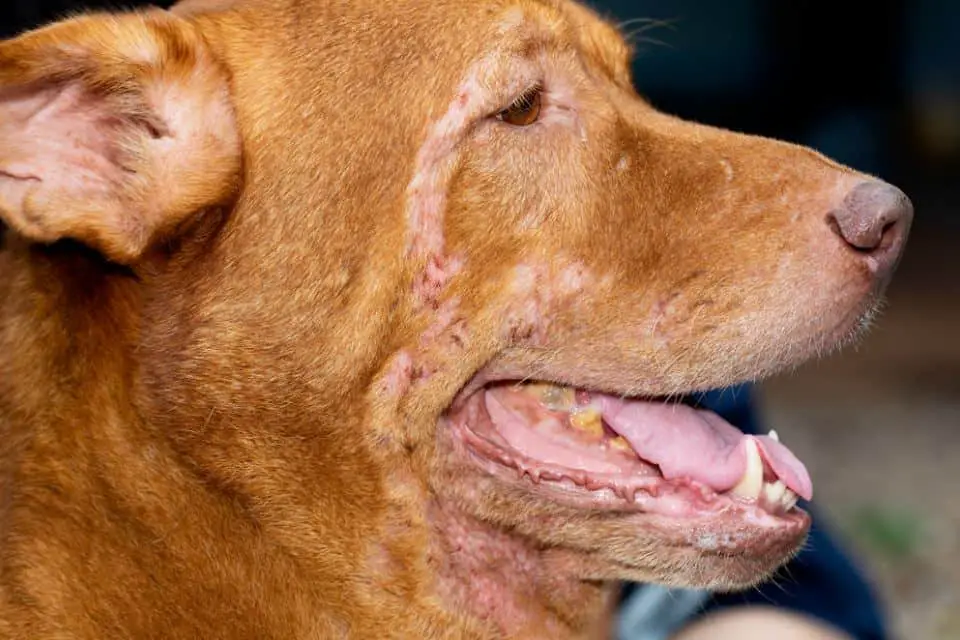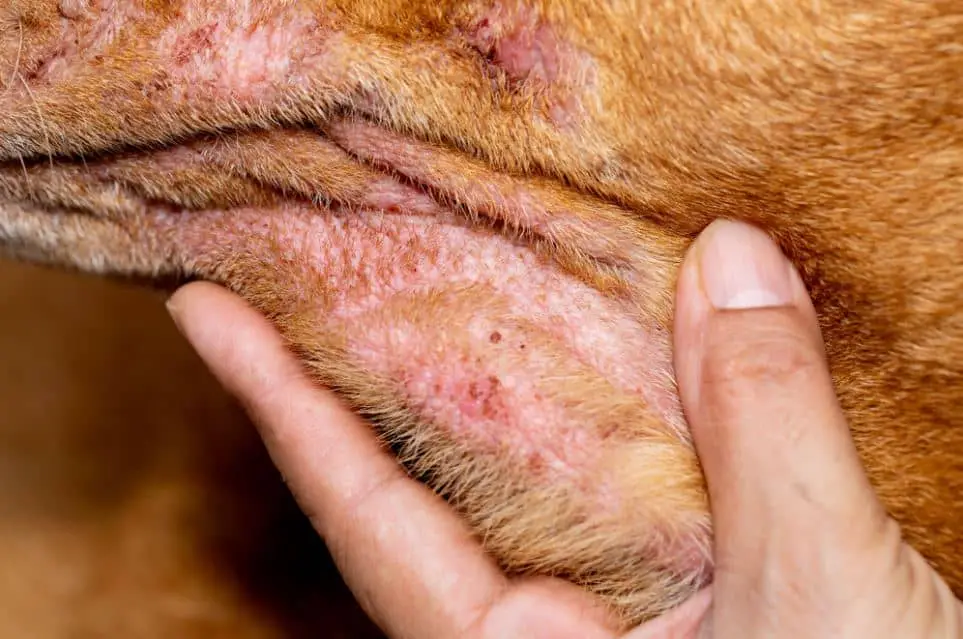
I’ll start with a couple of observations on the skin. The first one is that the skin is a vital organ. We are not always aware of the important functions it has for the correct functioning of the organism, such as protecting the environment, defensive barrier, temperature regulation, sensory perception, blood pressure control, accumulation of fat, etc.
In addition, and from the clinical point of view, it is almost the only organ that we can see and observe their injuries directly. For comparison, when an organ such as the liver or the kidney gets sick, we can only ‘observe’ them through indirect tests, such as x-rays, ultrasounds or tests.
The skin and its pathologies are observed in life, despite which it is not always easy to reach a proper diagnosis, especially since many pathologies are similar, with very similar clinical pictures.
Having made this introduction, I begin by repeating once again that through the questions of our readers it is never possible to reach a diagnosis, and the comments reflected here have an exclusively informative function.
On this occasion, the photos that our reader has sent us are very indicative and compatible with a skin infection, what we technically call pyoderma.
As we mentioned before, one of the important functions of the skin is to constitute a barrier that separates the animals from the outside and allows an ideal environment for the functioning of the organs inside the body. This barrier must have defenses that keep microorganisms at bay, which can cause damage.
Related Article: How to Prepare Our Dogs for the Hunting Season
The defenses are of three types: physical, chemical and bacterial.
Physical Defense
The first defense is physical and is constituted by the superficial layer of skin cells, keratinized and hard. This layer is covered by an emulsion of grease and sweat, rich in fatty acids, especially linoleic acid, which has a vital disinfectant function.
It also has inorganic salts and immunoproteins that inhibit the growth of bacteria and makeup chemical defense. Even the skin has its bacterial population, of saprophytic bacteria, which compete with the pathogenic bacteria and eventually produce ‘antibiotic’ substances that prevent harmful bacteria from colonizing the skin: bacterial defenses.
But veterinarians like to look a little further, and ask ourselves: “Why, on this occasion, defensive barriers have not worked?”
When natural defenses do not work, there is usually something else. In this case, a previous allergic problem that has caused the defenses to be diminished is intuited.
Dogs suffer very often allergic skin problems, which we call atopias, and end up causing an inflammatory process called dermatitis, which in turn causes the defenses to diminish or disappear.
It seems that this case is due to an allergic process called atopy, which has caused inflammation of the skin, dermatitis, and as a result of this has ended in an infection called pyoderma.
In some books, this combination of pathologies is called superficial allergic pyoderma and occurs more frequently in dogs with short hair and middle age, as is the case.

How We Treat the Problem
These explanations of the pathogenesis of the disease are always interesting, but what matters to the owners is: What should I do to cure my dog? Pue, as we see, on the one hand, we have to avoid infection and on the other hand, keep the allergic process under control.
Normally, when we put a treatment for superficial skin infections, it usually has a good response in the following weeks. This treatment consists of two actions. The first is to use an antibiotic, as selective as possible for the skin and orally.
They are usually long treatments, of a minimum of three weeks, and can last up to eight weeks. Besides, it helps to apply direct treatments on the skin, such as baths with special shampoos for skin infections.
Another issue is an allergy. Skin allergies in atopic animals make us consider them chronic patients, that is, they will suffer the pathology for life, and we must know how to handle it and live with it.
The way to approach the management of this disease is complicated since each animal can suffer from allergies in front of different agents and different degrees so that no patient is the same as another.
When they are allergic to food, if you avoid the food that causes the reaction, you usually get control of the problem. If the dog is allergic to what we call ‘environmental’ agents (mites, pollens, etc.), the issue gets complicated.
But what complicates everything is that most dogs are allergic to more than one component – the very allergic reaction to many allergens – and also with age tend to increase allergies.
As indicated, to control allergies it is best to avoid contact with the allergen, but this is rarely possible, so it is necessary to handle medicines. The response to corticosteroids is almost always excellent.
The problem is that they have many side effects, so they can not be used in the long term and are reserved only for occasional outbreaks in some patients. They are also contraindicated when there is an infection in the skin, as is the case we are treating.
As a long-term treatment, immunotherapy based on vaccines specially designed for each patient is being used. More recently, a new generation of drugs has appeared, some orally and others injections, which help control long-term atopy and with fewer side effects, such as enzyme inhibitors or monoclonal antibodies.
In summary, this case is suggestive of a cutaneous allergy, with a picture of secondary skin infection. Everything I have indicated is the theoretical basis on which veterinarians work, but I have to indicate – it is important to know – that in order to arrive at an exact diagnosis it is usually necessary to make a series of laboratory tests.
There is a series of clinical analyzes, specific for the skin, that lead us to the correct diagnosis. You have to remember that without a good diagnosis you can not put an appropriate treatment.









